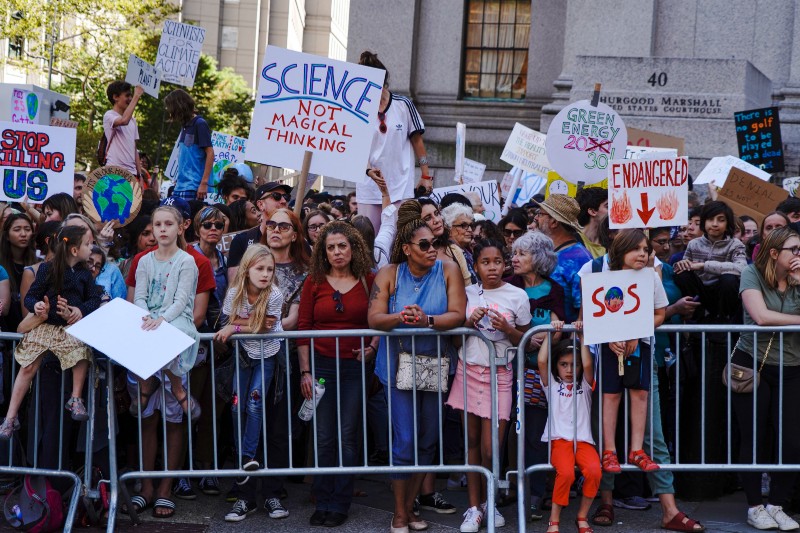The Most Effective Way To Fight Climate Change
According to an article in The Atlantic, “Climate-concerned donors should focus on helping to pass climate policy, not offset their emissions,” Economist Daniel Stern argues that supporting advocacy groups for climate policy is ten times more effective than giving to organizations that are working directly on emissions reduction.

Why support advocacy?
While reducing emissions is a critical piece of the climate puzzle, it is not the whole picture. Long past are the days where we could cut down our CO2 emissions and declare a win. We have reached disastrous levels of greenhouse gasses in the atmosphere. The latest IPCC report unequivocally states that carbon dioxide removal (CDR) technologies are now critical to staying below 1.5 degrees Celsius of warming — but even 1.5 degrees of warming is still likely unsafe. At such a level, the concentration of CO2 in the atmosphere would be around 460 parts per million (ppm), an increase from the ~419 ppm we are experiencing today, according to Peter Fiekowsky, author of Climate Restoration: The Only Future That Will Sustain The Human Race.
Climate advocacy encourages the adoption of robust policies that can have a greater impact than simply reducing emissions in any one sector.
Opportunities for advocacy to advance climate restoration
One sector where policy can have an exponential impact on reducing emissions and shifting current industry practices is the construction industry. To date, effective advocacy has prompted state legislators to implement numerous policies limiting the amount of CO2 emitted from concrete use in construction projects.
Portland cement, also known as clinker, is a key ingredient in concrete. According to the BBC, clinker was responsible for “2.2 billion tonnes of CO2 — equivalent to 8% of the world’s total [emissions]. More than half of that came from the calcination process.” When combined with emissions from thermal combustion, 90% of emissions from the concrete industry can be attributed to the production of clinker alone.
Thanks to advocacy efforts, U.S. state policies have been adopted with astounding speed to address this big emission contributor. There are laws that require that CO2 be sequestered within concrete, and additional laws that require the concrete industry to reduce its overall carbon footprint.
Advocacy for these types of impactful policies has incredible potential given that local, state, and national governments procure a staggering amount of concrete each year. Convincing governments to require low-carbon or carbon-negative concrete in infrastructure projects can have a significant impact on global CO2 levels in a relatively short period of time.
Contribute to F4CR’s Local Chapters
The Foundation for Climate Restoration’s Local Chapter program focuses on achieving these types of changes. Our volunteers are located in strategic areas around the United States, and the world, and are engaged in dialogue with elected officials who are positioned to adopt climate-positive policies.
Your financial contribution to the Foundation for Climate Restoration will help us to scale our Local Chapter network. The clock is ticking for humanity to dramatically reduce carbon emissions and remove vast amounts of CO2 from the atmosphere. F4CR Local Chapters’ early successes in promoting climate restoration policies on the state level shows that significant change can indeed happen in a short period of time.